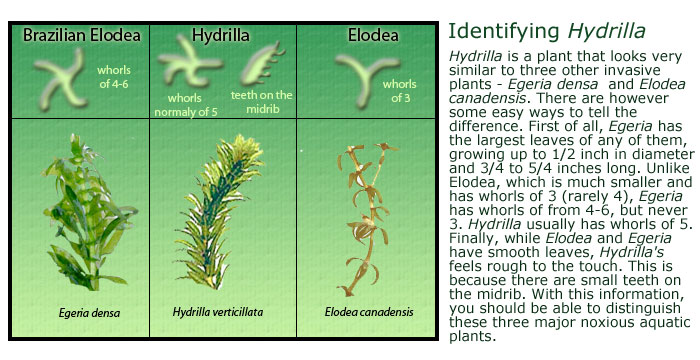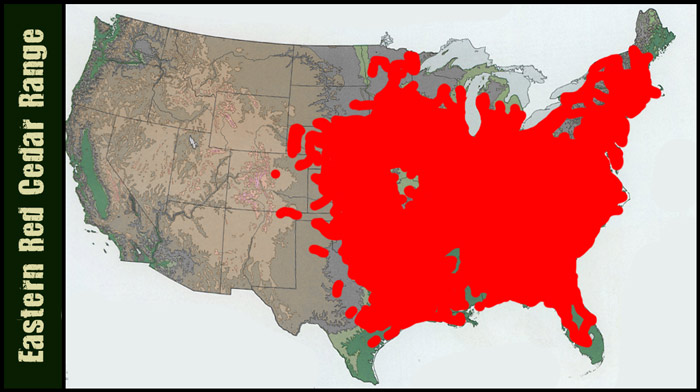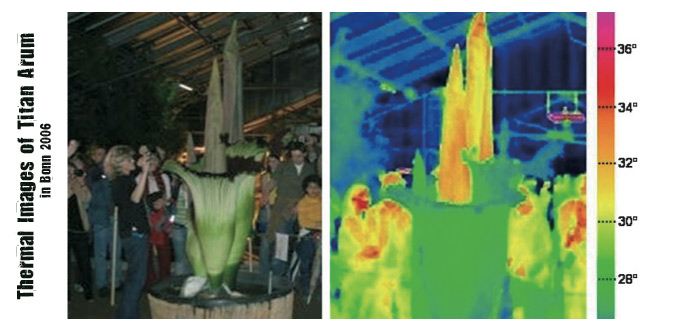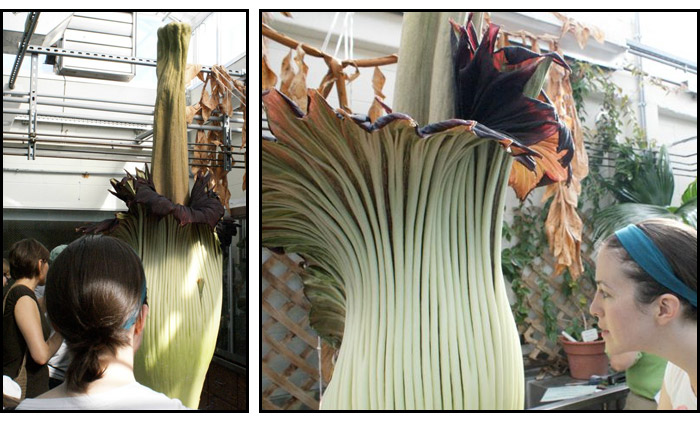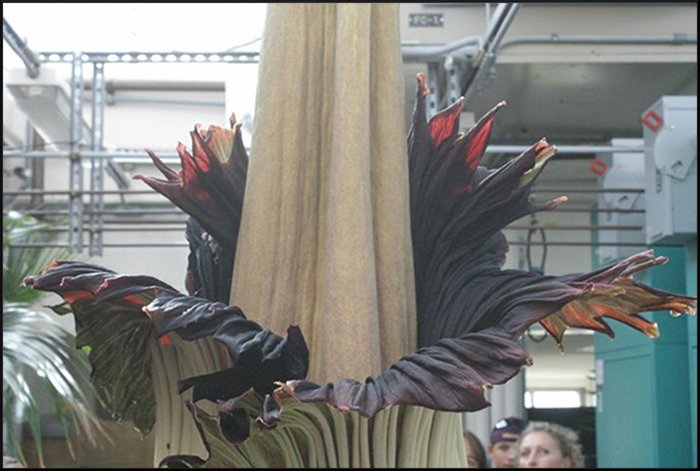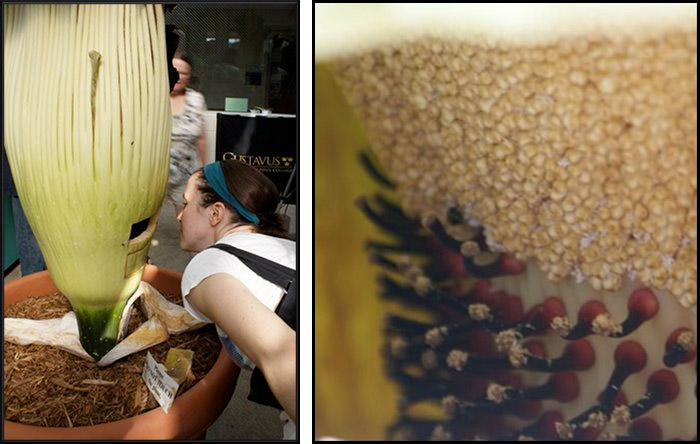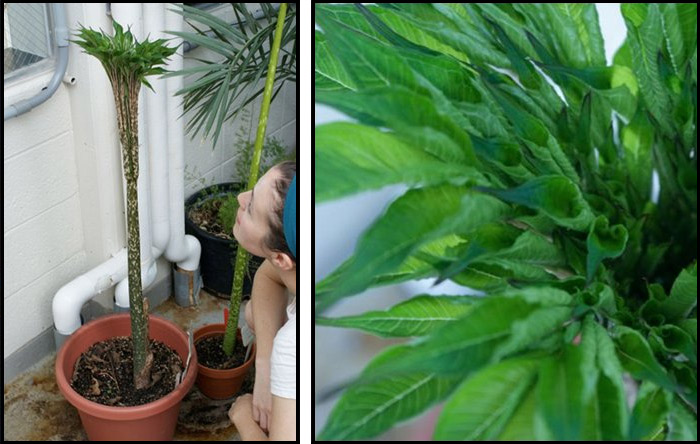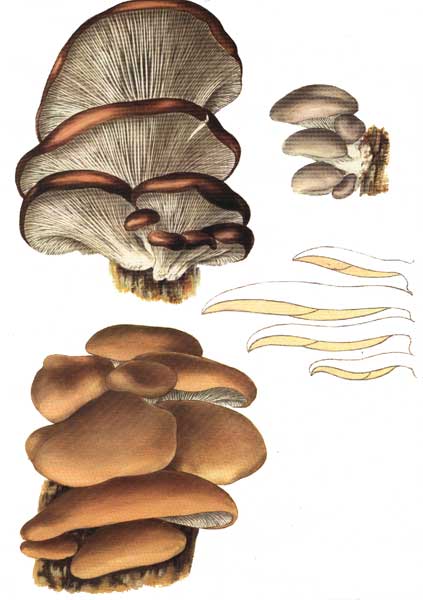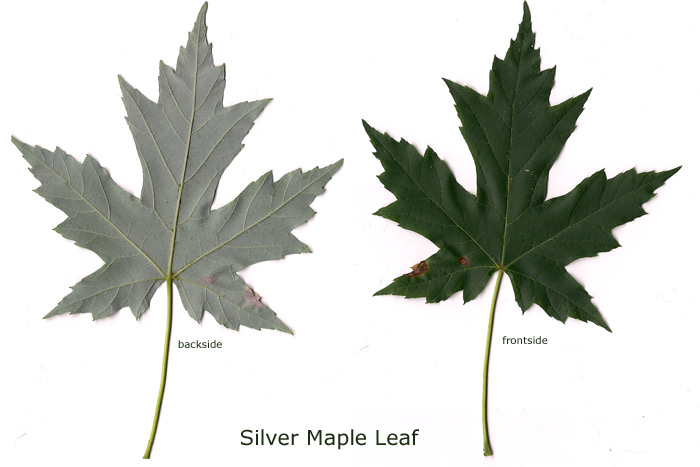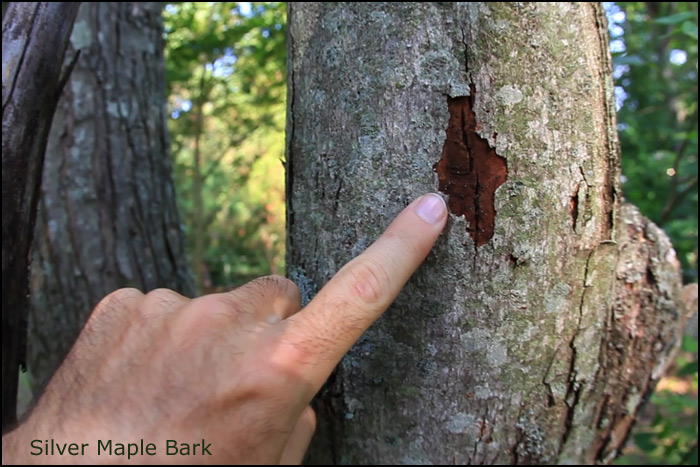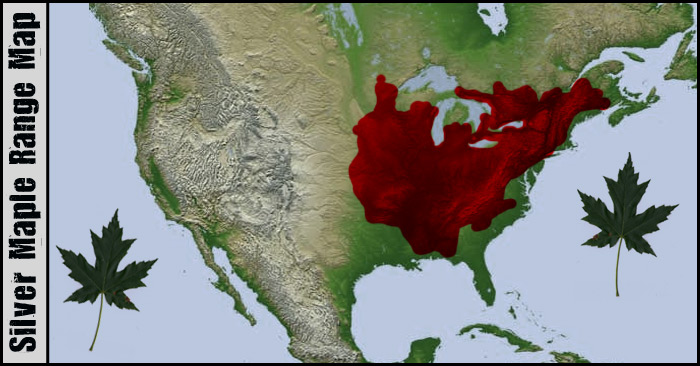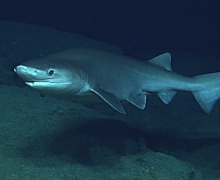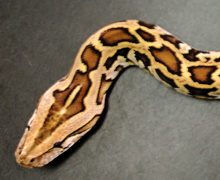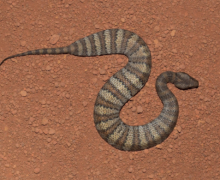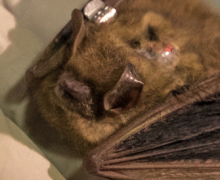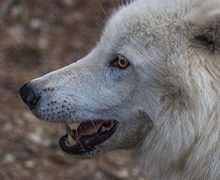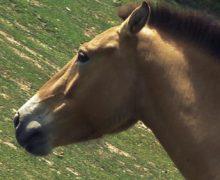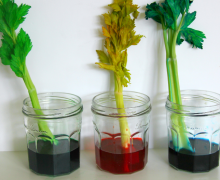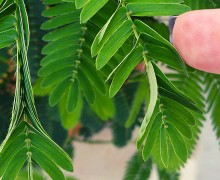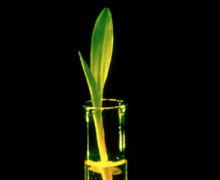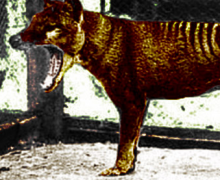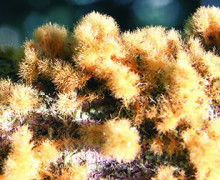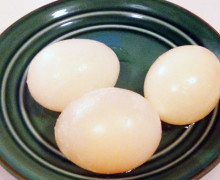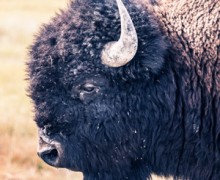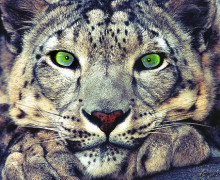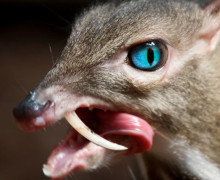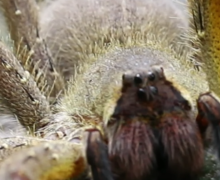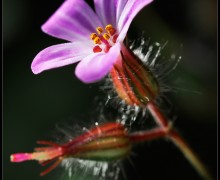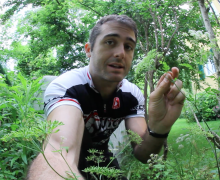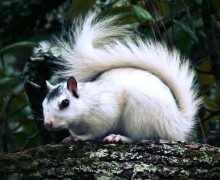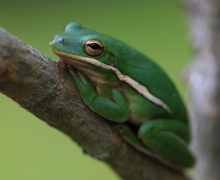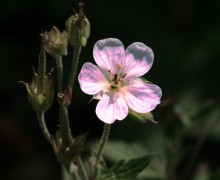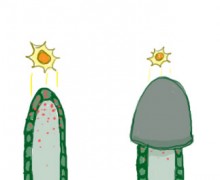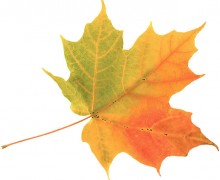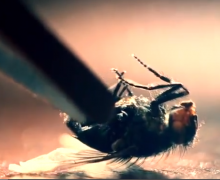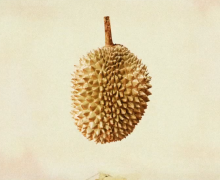Black willow (Salix nigra) is the largest and the only commercially important willow of about 90 species native to North America. It is more distinctly a tree throughout its range than any other native willow; 27 species attain tree size in only part of their range (3). This short-lived, fast-growing tree reaches its maximum size and development in the lower Mississippi River Valley and bottom lands of the Gulf Coastal Plain as can be seen in the short video made by Rob and Hazen (4). Here it forms dense stands that are impede boat navigation. Stringent requirements of seed germination and seedling establishment limit black willow to wet soils near water courses (5). Black willow is used for a variety of wooden products and the tree, with its dense root system, is excellent for stabilizing eroding lands.
http://a.blip.tv/api.swf#geMCkuNaA
Where does Black Willow Grow?
Native Range
The Black Willow is found in the Eastern US as shown from the following map.

Range of Black Willow
What area does it grow?
The species is most common on river margins where it occupies and often dominates the lower, wetter, and often less sandy sites. It is also common in swamps and on the banks of bayous, gullies, and drainage ditches where it grows anywhere light and moisture conditions are favorable. It flourishes at, or slightly below, water level and is not appreciably damaged by flooding and silting (4).
Although prevalent along most of the Mississippi River, it produces the largest and best formed trees on very low, moist sites in the batture of the lower river.
Life History
Flowering and Fruiting
Black willow is dioecious. No consistently reliable morphological characteristics are associated with the identification of the sexes. Male and female are indistinguishable except during flowering and seed development. In natural stands the sex ratio is probably 1 to 1, as has been determined for other dioecious tree species, including members of Salicaceae. Flowering begins in February in the southern portion of the range and extends through late June at the northern limits. The many-flowered catkins usually appear at the time of or immediately preceding leafing out. Pollination is mainly by insects; the flowers contain nectar. Pollen is also carried by winds. The seed ripens quickly; 45 to 60 days after pollination the small (3 to 6 mm or 0.12 to 0.24 in) light-brown capsules begin to split open and shed minute green seeds that have a hairy covering.
Vegetative Reproduction
Root stocks of very young willow trees sprout prolifically. Propagation by cuttings is the usual method of artificial regeneration. With adequate moisture, good cuttings, and sufficient cultivation to reduce competition from other vegetation, first-year plantation survival can be close to 100 percent. Post-size willow cuttings have been rooted for use in flood projects to prevent gullies (4).
Interesting Uses of Willow
Willow wood is extremely light with a specific gravity of 0.34 to 0.41), usually straight grained, without characteristic odor or taste, weak in bending, compression, and moderately high in shock resistance. It works well with tools, glues well, and stains and finishes well but is very low in durability.
The wood was once used extensively for artificial limbs, because it is lightweight, doesn’t splinter easily, and holds its shape well. It is still used for boxes and crates, furniture core stock, turned pieces, table tops, slack cooperage, wooden novelties, charcoal, and pulp.
Black willow was a favorite for soil stabilization projects in the early efforts at erosion control. The ease with which the species establishes itself from cuttings continues to make it an excellent tree for revetments.
Ancient pharmacopoeia recognized the bark and leaves of willow as useful in the treatment of rheumatism. In 1829, the natural glucoside salicin was isolated from willow. Today it is the basic ingredient of aspirin, although salicyclic acid is synthesized rather than extracted from its natural state.
Useful Literature Cited
1. Eyre, F. H., ed. 1980. Forest cover types of the United States and Canada. Society of American Foresters, Washington, DC. 148 p.
2. Johnson, R. L., and J. S. McKnight. 1969. Benefits from thinning black willow. USDA Forest Service, Research Note SO-89. Southern Forest Experiment Station, New Orleans, LA. 6 p.
3. Little, Elbert L., Jr. 1979. Checklist of United States trees (native and naturalized). U.S. Department of Agriculture, Agriculture Handbook 541. Washington, DC. 375 p.
4. McKnight, J. S. 1965. Black willow (Salix nigra Marsh.). In Silvics of forest trees of the United States. p. 650-652. H. A. Fowells, comp. U.S. Department of Agriculture, Agriculture Handbook 271. Washington, DC.
5. McLeod, K. W., and J. K. McPherson. 1972. Factors limiting the distribution of Salix nigra. Bulletin of the Torrey Botanical Club 100(2):102-110.
6. Randall, W. K. 1971. Willow clones differ in susceptibility to cottonwood leaf beetle. In Proceedings, Eleventh Southern Forest Tree Improvement Conference. Southern Forest Tree Improvement Committee Sponsored Publication 33. p. 108-111. Eastern Tree Seed Laboratory, Macon, GA.
7. Sakai, A., and C. J. Wiser. 1973. Freezing resistance of trees in North America with reference to tree regions. Ecology 54(l):118-126.
8. Taylor, F. W. 1975. Wood property differences between two stands of sycamore and black willow. Wood and Fiber 7(3):187-191.
9. Vines, Robert A. 1960. Trees, shrubs and woody vines of the Southwest. University of Texas Press Austin 1104 p.











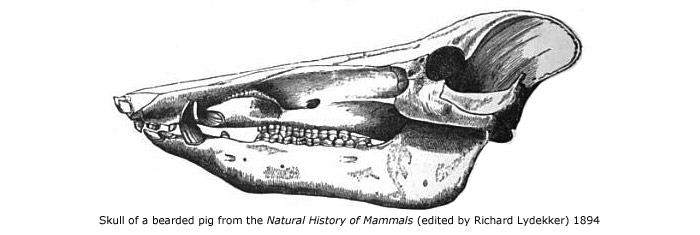
 Range of Black Willow
Range of Black Willow

